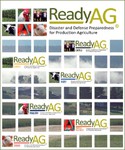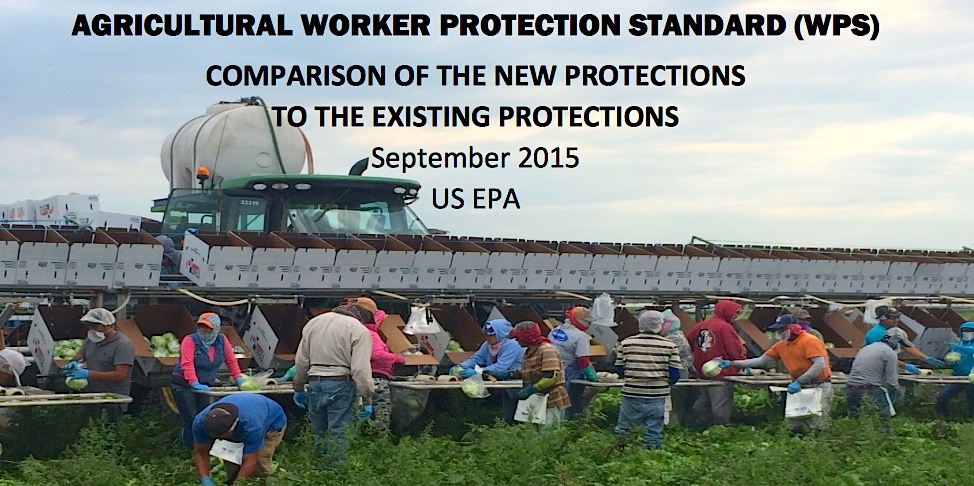 The Risk-Based Preventive Controls for Human Food final rule was published in the Federal Registry September 17, 2015. This is the first of two which may directly impact fruit and vegetable growers. To review the complete rule go to https://federalregister.gov/2015-21920.
The Risk-Based Preventive Controls for Human Food final rule was published in the Federal Registry September 17, 2015. This is the first of two which may directly impact fruit and vegetable growers. To review the complete rule go to https://federalregister.gov/2015-21920.
This rule updates good manufacturing practices related to processing and clarifies the farm definition and exemptions. Under the original proposed rule there were several activities on farms in our region that would have had to comply with this rule. However, with the revised definition most activities are exempt or fall under the Produce Rule which will be published at the end of October.
Under the final definition there are two ways to be considered as a farm: as a “Primary Production Farm” or as a “Secondary Activities Farm.”
[Read more…]
 Just as we’ve finished National Preparedness Month, Governor Christie has declared a state of emergency. In case Hurricane Joaquin takes a turn toward the Jersey Shore this weekend, there are many resources and tools to help get your families and homes prepared. Make sure your farm business is ready too.
Just as we’ve finished National Preparedness Month, Governor Christie has declared a state of emergency. In case Hurricane Joaquin takes a turn toward the Jersey Shore this weekend, there are many resources and tools to help get your families and homes prepared. Make sure your farm business is ready too.
